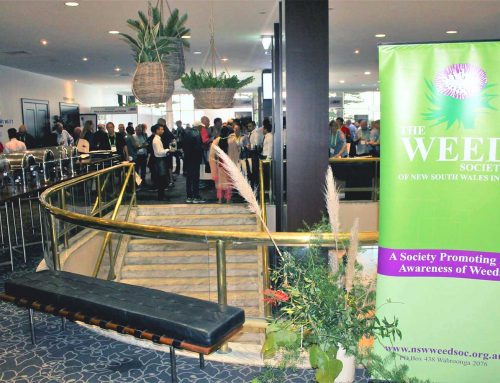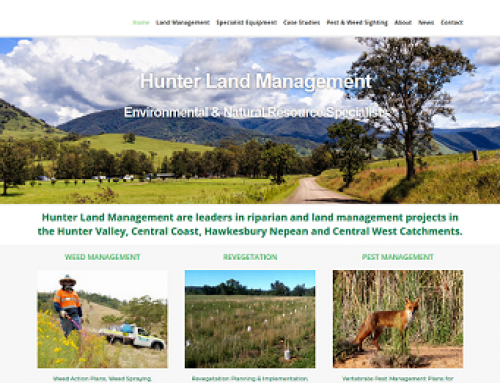Welcome back summer! The season of warm weather, longer days and more time outdoors. At HLM, we love the land and summer is such a wonderful time to appreciate the beauty of where we live. For some information on all things pertaining to the land and our industry, here’s our seasonal update.
Seasonal Climate Overview
The ENSO Outlook remains at El Nino ALERT, which means the chance of El Nino forming over the coming months is around 70%, which is triple its usual likelihood. “El Nino is a regularly occurring and complex series of climatic changes affecting the equatorial Pacific Region and beyond every few years… The effects of El Nino include reversal of wind patterns across the Pacific, drought in Australasia and unseasonal heavy rain in South America.” – Google Dictionary.
Development towards El Nino conditions is likely over the summer months, however, it typically has less impact on drought stricken South Eastern Australia during the summer than it does in winter and spring.
According to the Bureau of Meteorology, this summer, and December in particular, will be drier than average for large parts of Western Australia, Western Tasmania and some parts of Central Australia and Queensland. Whilst these areas experience less than average rain fall, Eastern Australia, some areas of Central Australia and Queensland are all likely to experience wetter than normal conditions. The rest of Australia should see normal summer rainfall.
Most of our country will experience warmer than average days and nights from December to February. Time to brace ourselves for a warm summer!
Weeds to keep an eye on this summer
This summer keep a look out for the infamous St. John’s Wort.
What’s so bad about it? The St. John’s Wort can poison livestock, compete with pastures, downgrade wool with ‘vegetable fault’ and consequently, reduce your property value.
St. John’s Wort contains a chemical known as hypericin. If livestock eat it, they become extremely sensitive to sunlight. Stock typically won’t eat it if there’s other food sources available, however, if they do, it can have the following effects:
- Weight loss
- Fewer pregnancies
- Increased stillbirths
- Weak young
- Decreased milk production for cows
- Fewer lambs and calves surviving weaning
Spending all day in the sun will worsen the effects of the hypericin on livestock. Shade can help, however if it’s unavailable, the signs of acute poisoning include:
- Agitation
- Rubbing the head against posts or trees
- Panting
- Confusion
- Weakness in hind legs




